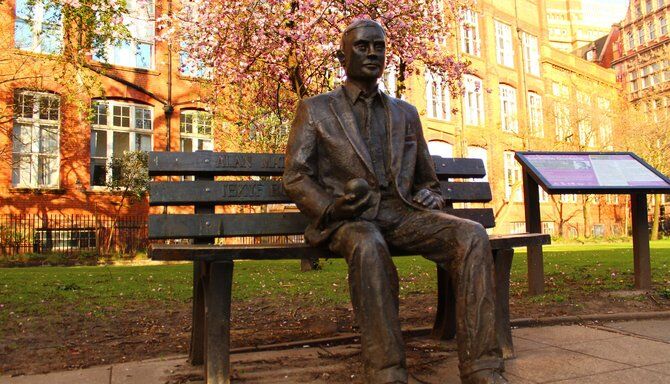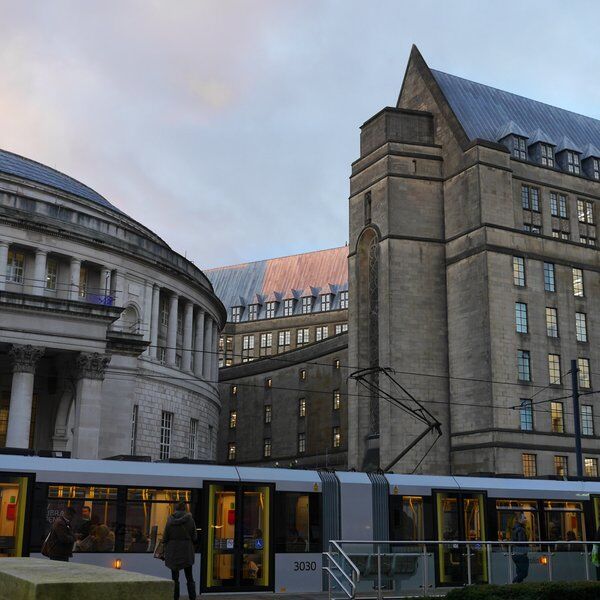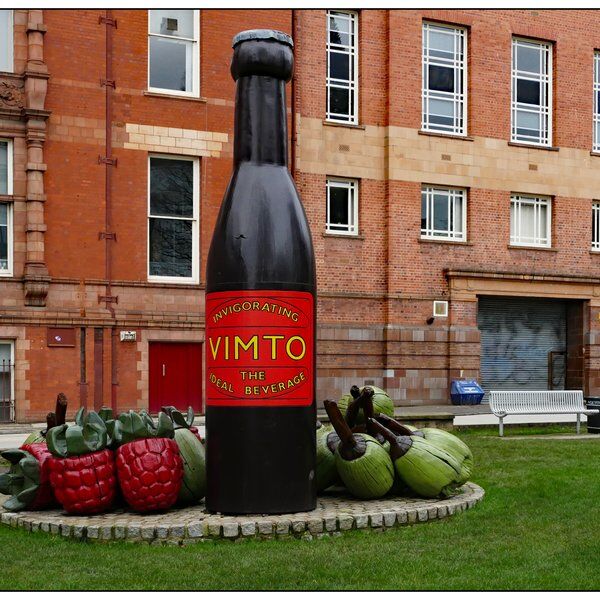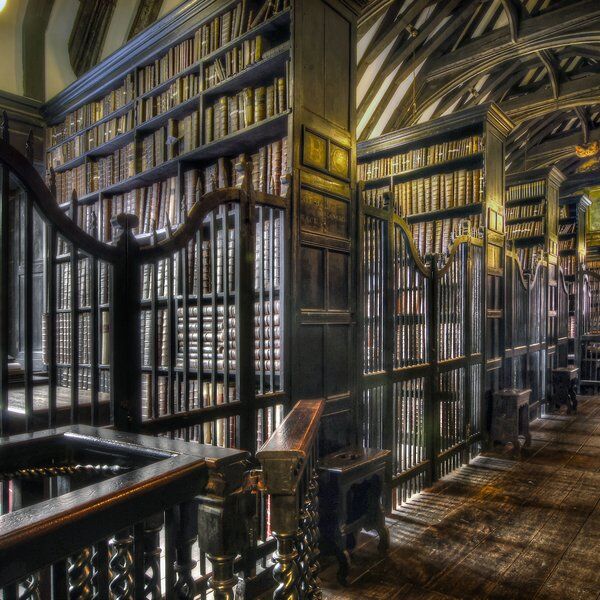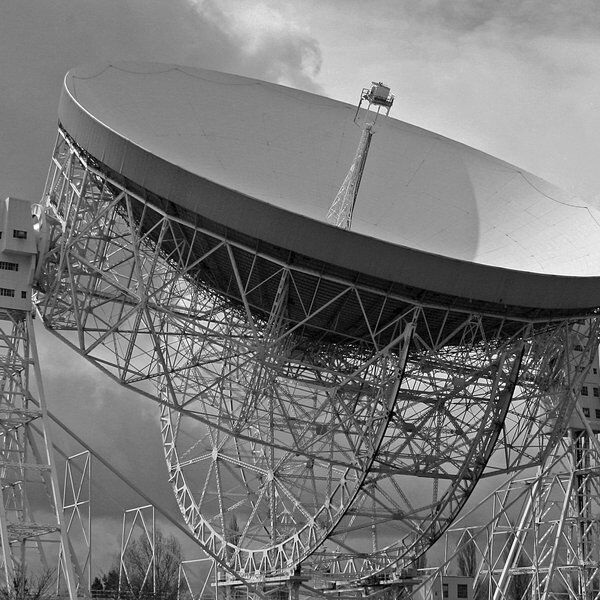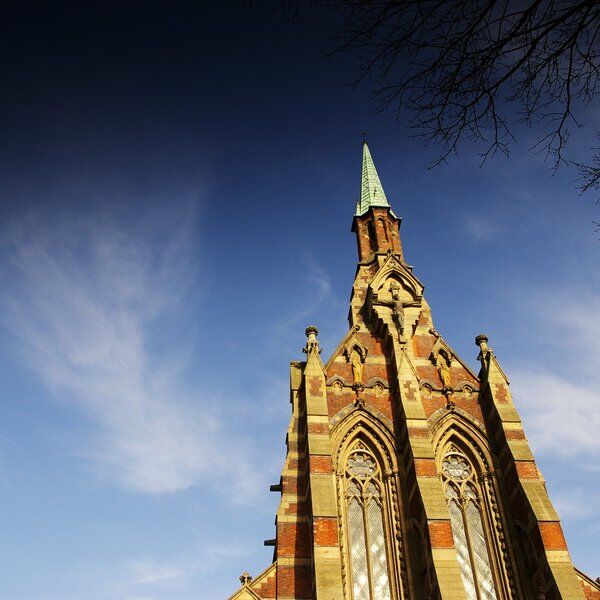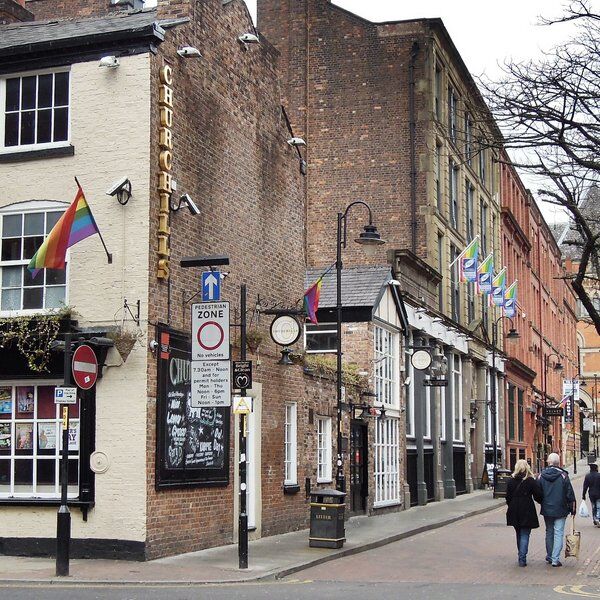Discover the Sackville Gardens
Positioned between Whitworth Street and Canal Street in Manchester, lies a hidden paradise known as Sackville Gardens. Originally purchased in 1900, the gardens feature long, winding pathways, formal ornamental garden lawns, and colourful flower beds in the heart of the city, to be enjoyed by city-centre workers, local residents, and tourists.
The Sackville Gardens are also filled with more serious treasures such as a poignant tribute to Alan Turing, a highly celebrated Mancunian, the Beacon of Hope sculpture, and Manchester's Transgender Memorial. Visiting the gardens allows for reflection and remembrance on each of the aspects that these structures represent. Over the years, it has become one of Manchester's most beloved public gardens and the setting for many cultural events such as Manchester Pride and Sparkle Weekend, a celebration of the city's transgender community.
Today, the Manchester City Council is dedicated to preserving the Sackville Gardens through ongoing conservation efforts and community engagement initiatives, so that they can continue to be enjoyed by the local community.
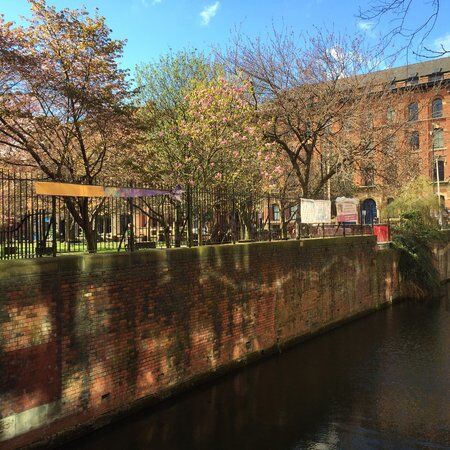
The Origins of the Sackville Gardens
Initially known as Whitworth Gardens, the Sackville Gardens were situated adjacent to the Shena Simon Campus of City College, with boundaries dictated by the Rochdale Canal, Canal Street, Sackville Street, and Whitworth Street. Since their inception they have undergone significant alterations.
Originally purchased by the Manchester Corporation in 1900, the site was transformed into a small city park characterised by a network of pathways, lawns, and flower beds. This transformation is evident in aerial photographs from the mid-1940s, showcasing the park's emergence as a green space surrounded by the sprawling concrete jungle of urban Manchester.
The Alan Turing Memorial
Inside the Sackville Gardens are three important structures. One of which is the Alan Turing Memorial unveiled on 23rd June 2001 to honour the brilliant mathematician whose groundbreaking work during World War II, helped change the course of history.
Who was Alan Turing?
Alan Turing is one of Britain's greatest unsung heroes. During World War II, Turing worked tirelessly to break the Enigma code, a feat that is believed to have shortened the war by two years and saved millions of lives. Despite his remarkable achievements, Turing's life was marred by prejudice and discrimination due to his homosexuality, which was then considered a criminal offence in the UK.
Positioned close to the University of Manchester and Canal Street, at the heart of the Gay Village, the memorial is a reminder of Turing's genius despite the challenges he faced. Bouquets of flowers are often laid at the base of the statue, particularly on Turing's birthday, showing the lasting impact he has had on countless individuals.

Designing the Alan Turing Memorial
Sculpted by Glyn Hughes, the life-size silicon bronze memorial depicts Turing seated on a bench, holding an apple in his hand. The apple was a symbol of knowledge, forbidden love and the object believed to have caused his untimely death.
The inscription on the bench reads "Alan Mathison Turing 1912–1954" alongside a coded message, reminiscent of the Enigma cipher that Turing helped to crack. The plaque at the statue's feet describes Turing as the "Father of Computer Science, Mathematician, Logician, Wartime Codebreaker, Victim of Prejudice."
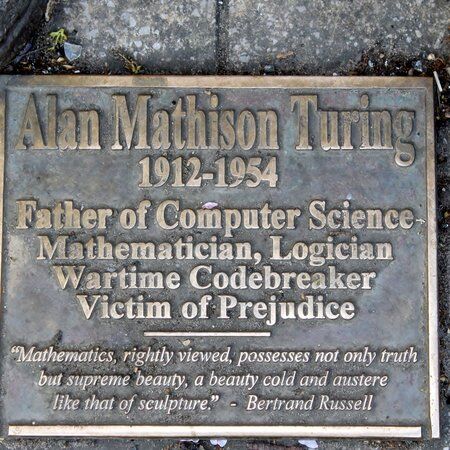
The Beacon of Hope Memorial
Adjacent to the Alan Turing Memorial is another important memorial in the Sackville Gardens—the Beacon of Hope. This structure commemorates those affected by HIV/AIDS.
Erected in 2000, this decorated steel column, designed by Warren Chapman and Jess Boyn-Daniel, serves as the UK's only permanent memorial for individuals living with or lost to the disease. Each year on World AIDS Day, a candlelight vigil takes place at the Beacon. Over time, this vigil has become a cherished tradition, uniting the community in honour of the resilience and strength of those affected by HIV/AIDS.
Repairing the Beacon of Hope Memorial
In 2021 and 2022, community organisations such as George House Trust, Friends of Sackville Gardens, Manchester City Council, LGBT Foundation, and Manchester Pride, among others collaborated on a restoration project for the Beacon of Hope. This involved repainting railings, regilding lettering, replacing mosaic tiles, and repairing internal lighting. The restoration was followed by a re-dedication event in July 2022.
The National Transgender Memorial
Lastly, at the Canal Street end of Sackville Gardens lies the National Transgender Memorial. Unveiled in July 2013, this intricately carved sculpture, created by Shane Green, is a tribute to all transgender individuals who have faced discrimination and violence.
The National Transgender Memorial also serves as a solemn reminder of the ongoing struggle for equality and acceptance, while celebrating the lives and experiences of transgender people within the community.
Vandalism of the National Transgender Memorial
In August 2013 and again in August 2022, the memorial was vandalised by members of the public, symbolising the prejudice and hate that is often felt by the transgender community.
In response to the vandalism, the City Centre Neighbourhood Policing Team collaborated with community partners to secure funding for repairs. Tony Cooper, Chair of The Friends of Sackville Gardens, expressed gratitude for the support, emphasising the importance of preserving the memorial. Additionally, efforts to improve safety in Sackville Gardens, including installing lights to create a more secure environment for visitors and deter any vandalists.
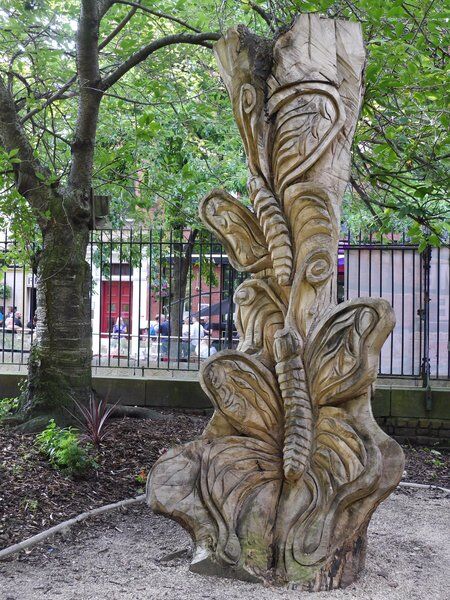
Things to do near the Sackville Gardens
Manchester is a city filled with many interesting things to do. After exploring the Sackville Gardens why not check out some of these other local attractions:
- The Whitworth Art Gallery: The Whitworth Art Gallery was the first English gallery opened within a public park.
- St Peter’s Square: St Peter's Square is one of Manchester's oldest public squares.
- Mamucium: Mamucium, also known as Mancunium, was once a fortress guarding the Roman Empire’s Northern Frontier.
- RHS Garden Bridgewater: Another great garden in Manchester, RHS Garden Bridgewater has become one of the largest restorative gardening projects in British history.
- Manchester Cathedral: Why not pay a visit to the church that at one time hosted over 1,000 weddings a year; sometimes over 2,000?
- Or for something a bit more fun you could try a Treasure and Scavenger Hunt through the coolest streets in Manchester.
